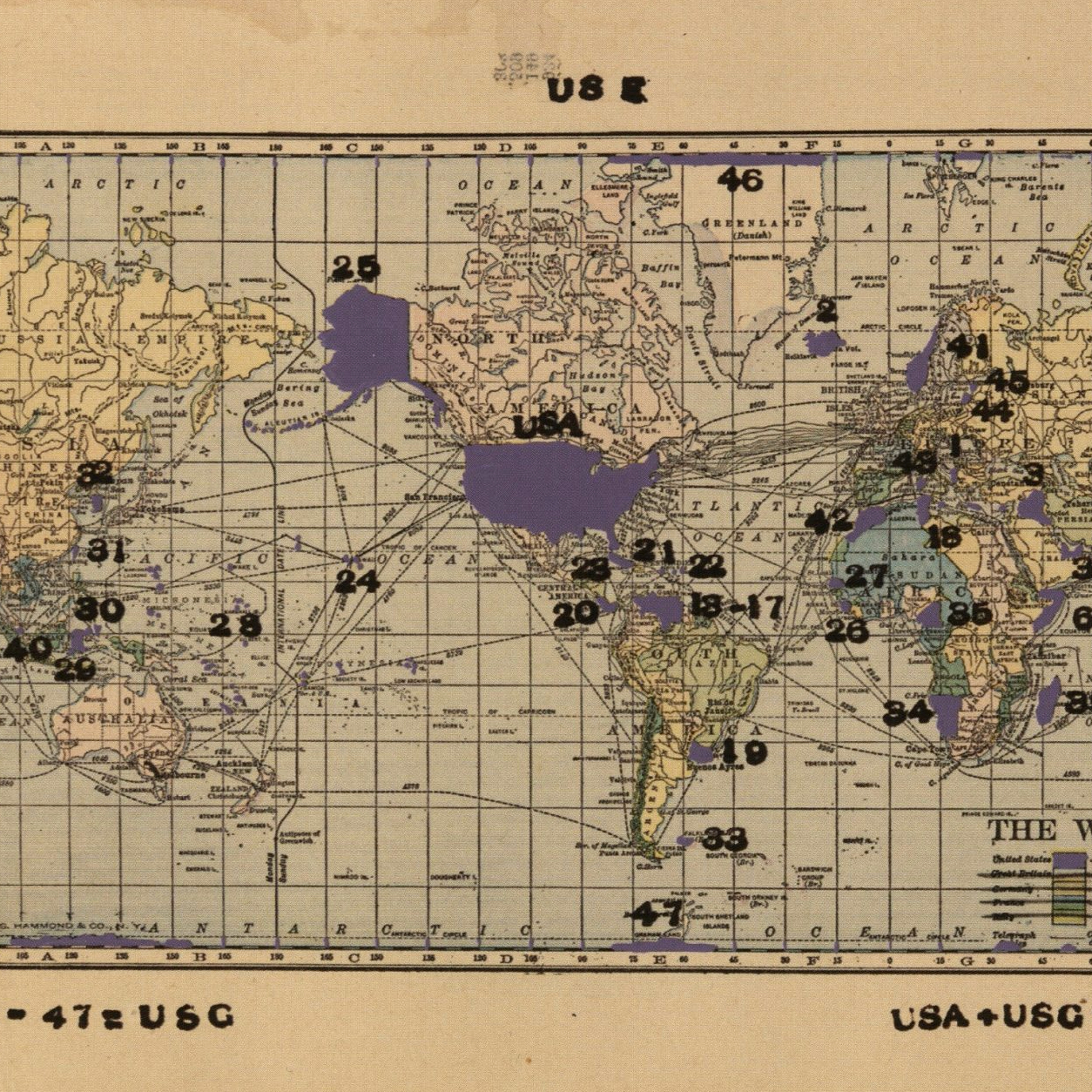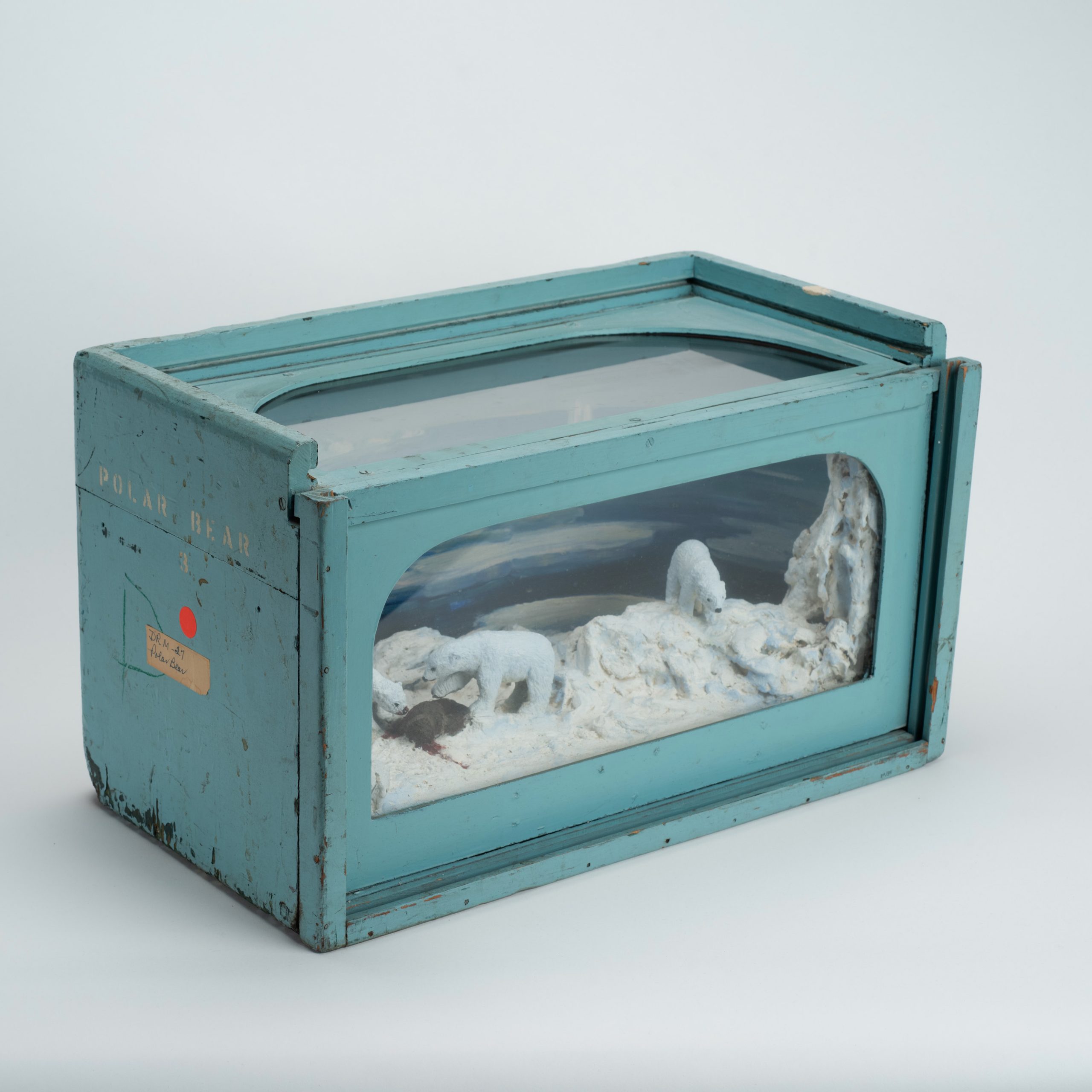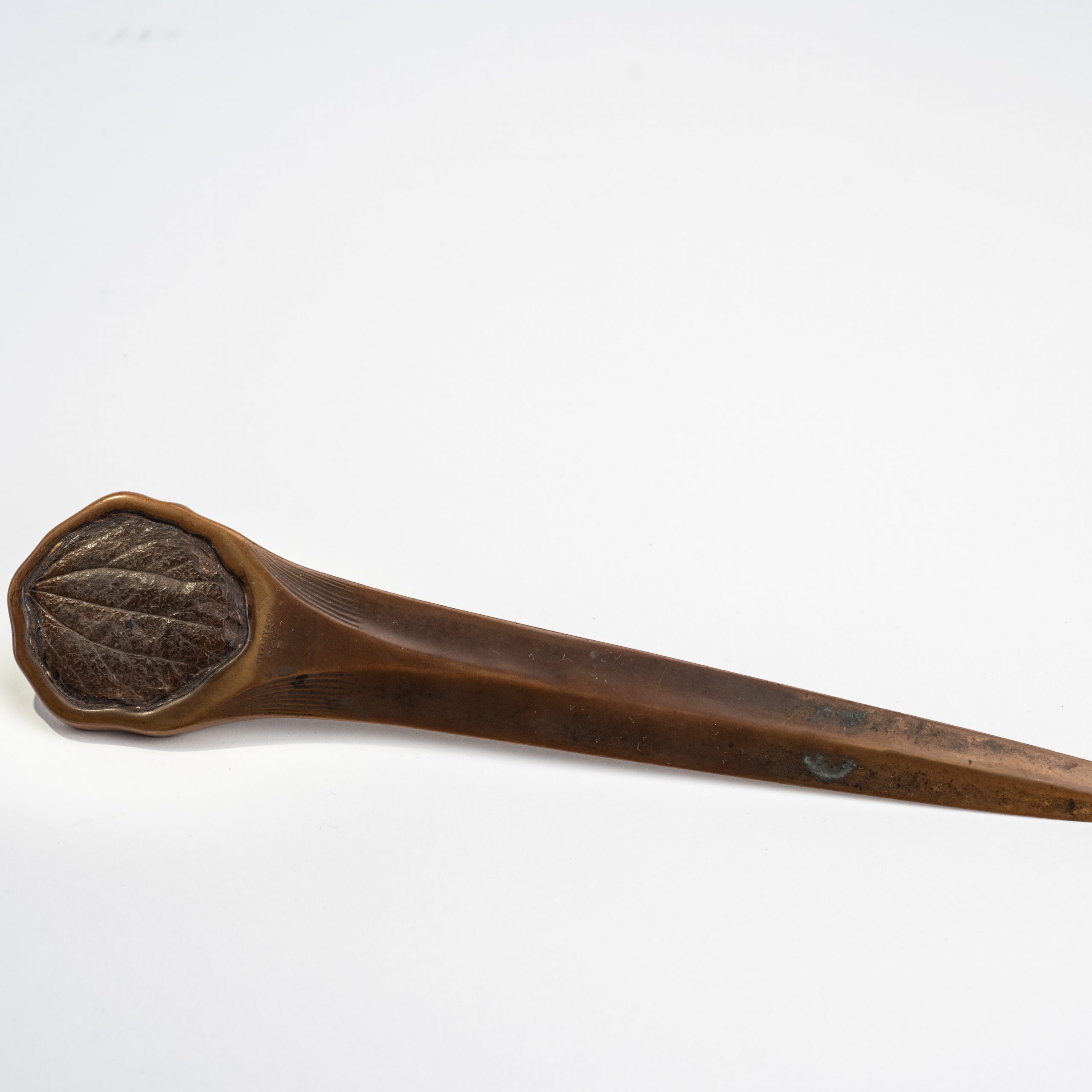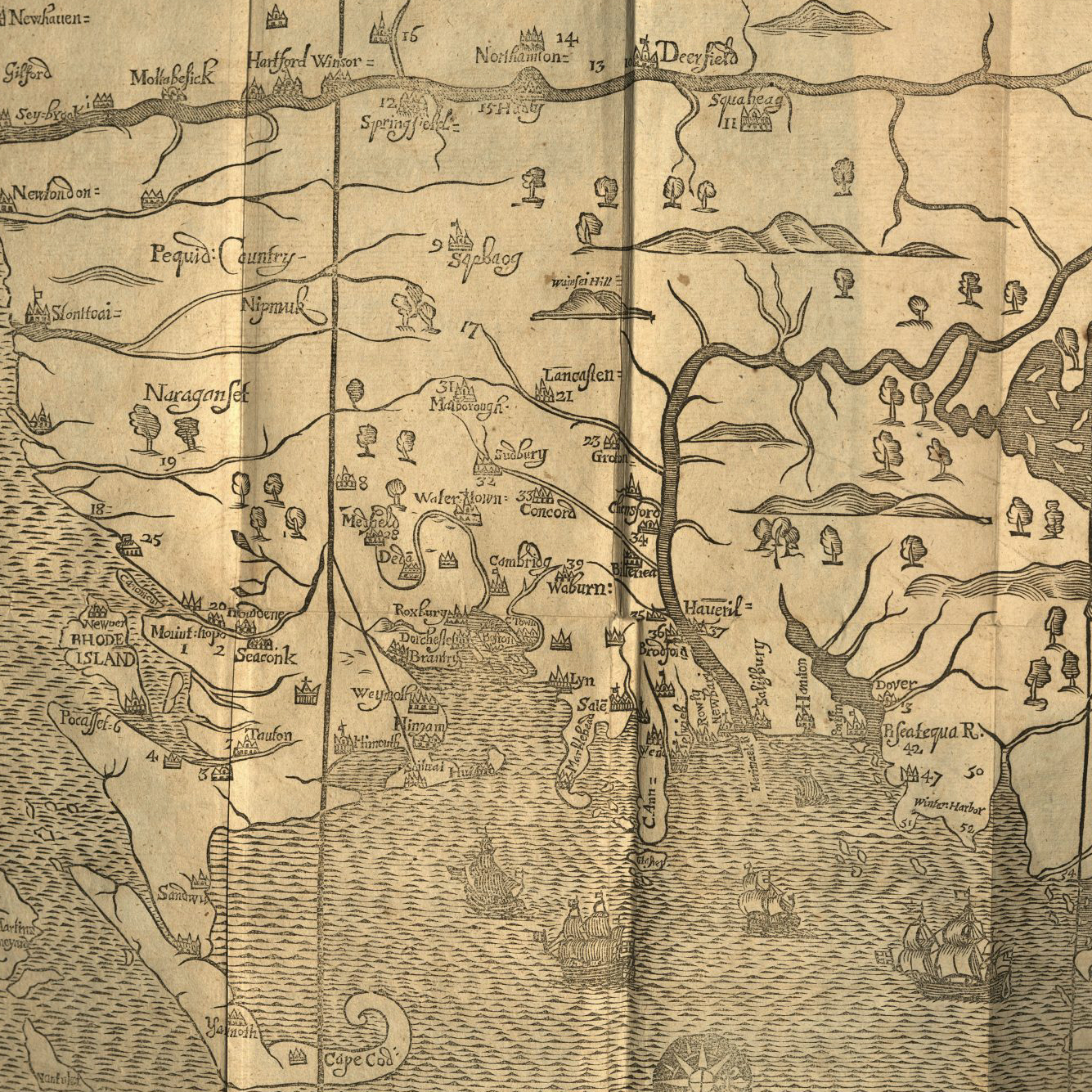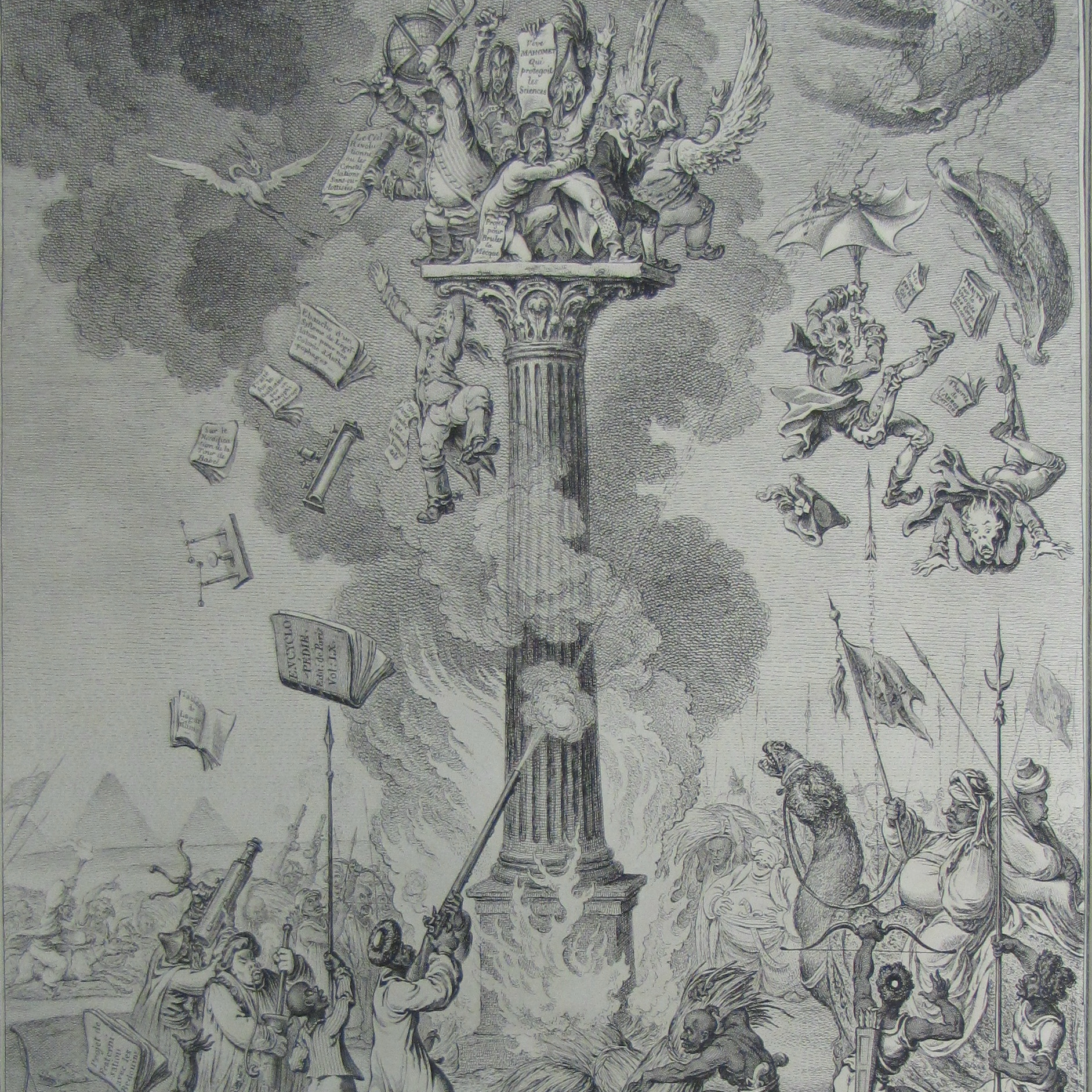Planispheric Astrolabe
1208 A.H. – 1793/94 A.D.
Haji 'Ali, Isfahan, Iran
Bronze
AMNH Hayden Planetarium Collection 2046
Gift of Susan D. Bliss
“Behold the disc! It will show you many of the wonders that prove the wisdom of the Merciful; its different motions are by virtue of a single mover, and it has meanings going beyond all meanings.”
Part of an inscription from another astrolabe in the AMNH collection from the 13th century, also made in Isfahan by Muhammad Ibn Abi Bakr.
Invented around 200 BCE, the astrolabe was an early astronomical multi-tool. Its small size betrays the complexity of the device, which is not only a handheld model of the universe but, at times, also an inclinometer, a navigation device, a clock, a rudimentary calculator, and a religious instrument. Versions of astrolabes were used in Ancient Greece, the Medieval Islamic world, and Europe during the Middle Ages. The Arab treatises on the astrolabe published in the ninth century indicate their familiarity with the instrument, which was inherently valuable in Islam because of its ability to determine the astronomically defined prayer times and to find the direction to Mecca. Many of the astrolabes became elegant works of art, with stylistic differences in the various Muslim regions.
The engraved lines across the surface disc of the astrolabe represent a portion of the celestial sphere above the horizon, and the small demarcations around the circumference note hours of time. Astronomers moved the rotating piece in the center around the surface disc to see the star chart at a given time of day.
This small astrolabe is typical of Haji 'Ali's productions. It is thought that he worked in Isfahan about 150 years after the instrument school there had reached its zenith, but there is no information about the milieu in which he himself worked. 24 astrolabes are known from his hand, all virtually identical to this one.
The throne and the rete are decorated with floral patterns. The latter bears pointers for about 30 stars. The mater is engraved with a gazetteer giving longitude, latitude and qibla (direction of Mecca) values for 34 cities mainly in Greater Iran. The 4 interchangeable plates have altitude circles for each 6° of argument, and azimuth circles for each 10°. They serve latitudes 29°, 30°, 32°, 34°, 36°, 37°, 38°, and horizons for each 3°. The back bears a sine quadrant in the upper left, a solar quadrant in the upper right, with curves for Shiraz, Baghdad, Isfahan and Tus. Below the horizontal diameter there are scales for the lunar mansions and for the astrological "limits" and "faces" of the zodiacal signs. On the back of the instrument is an engraved cartouche containing the maker's signature: 'Made by Haji 'Ali” and in another area, it is inscribed 12[0]8'. which is thought to be the number the year of construction: 12[0]8 A.H. which equates to 1793/94 AD. An inscription in the cartouche at the bottom informs us that this is the maker's 'fourteenth work'. All of the writing on the Astrolabe is in Arabic.
The use of the astrolabe declined after the invention of the pendulum clock and the telescope.
This detail of a Mughal watercolor depicts a man using a mariner’s astrolabe which is different from a planisphere astrolabe as it was used to only determine the altitudes of the sun and stars.
Written by Daniel Pfeiffer and Joel Sweimler with special translation assistance from Sadeq Rahimi.
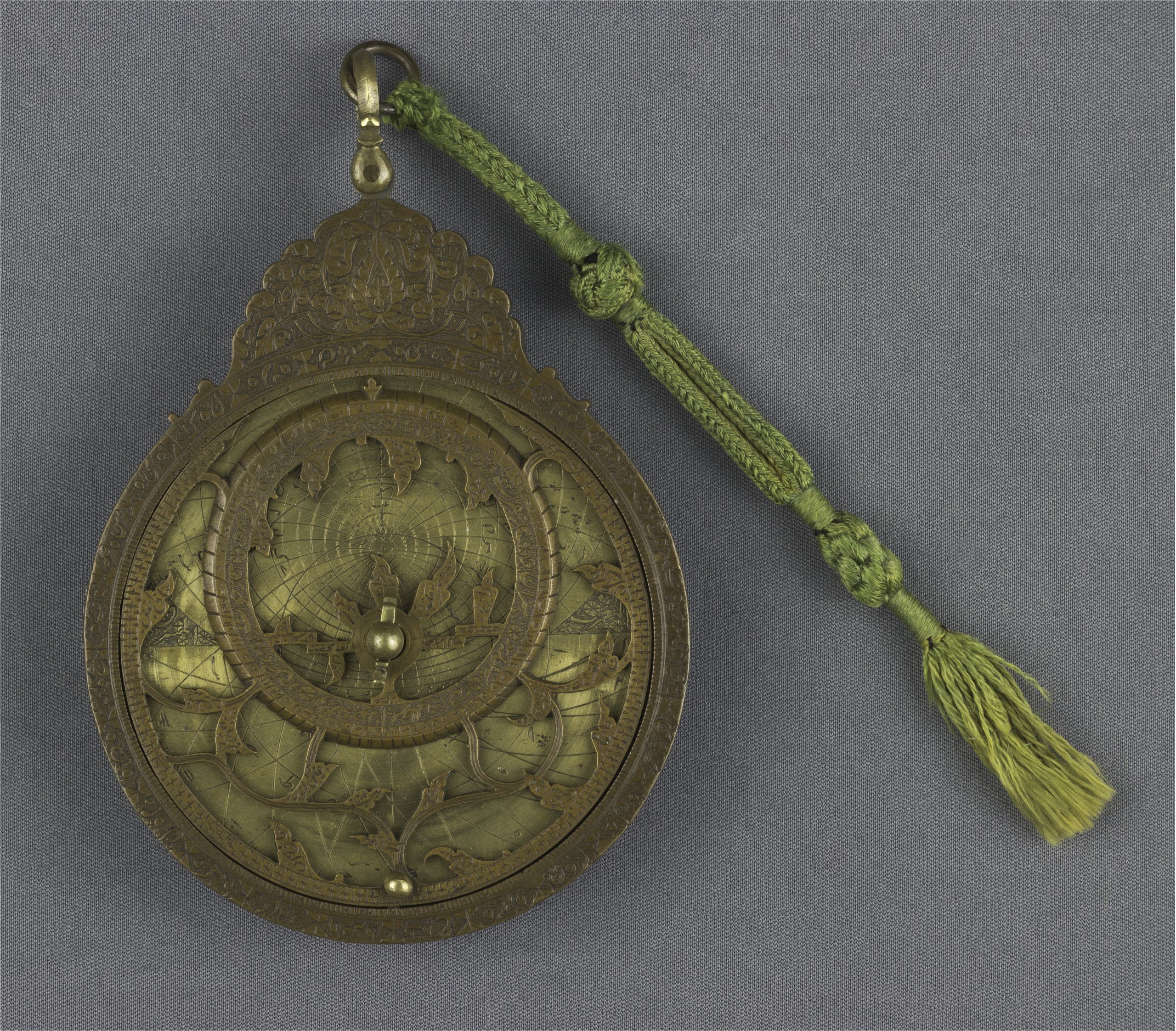


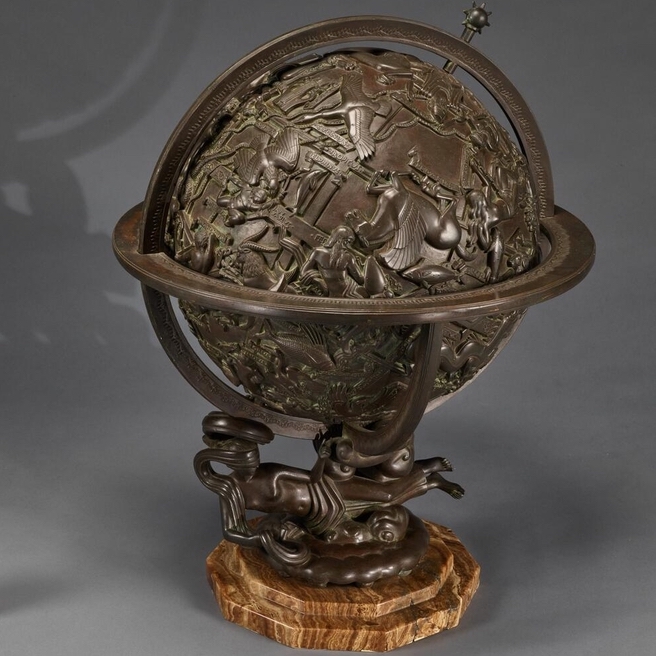

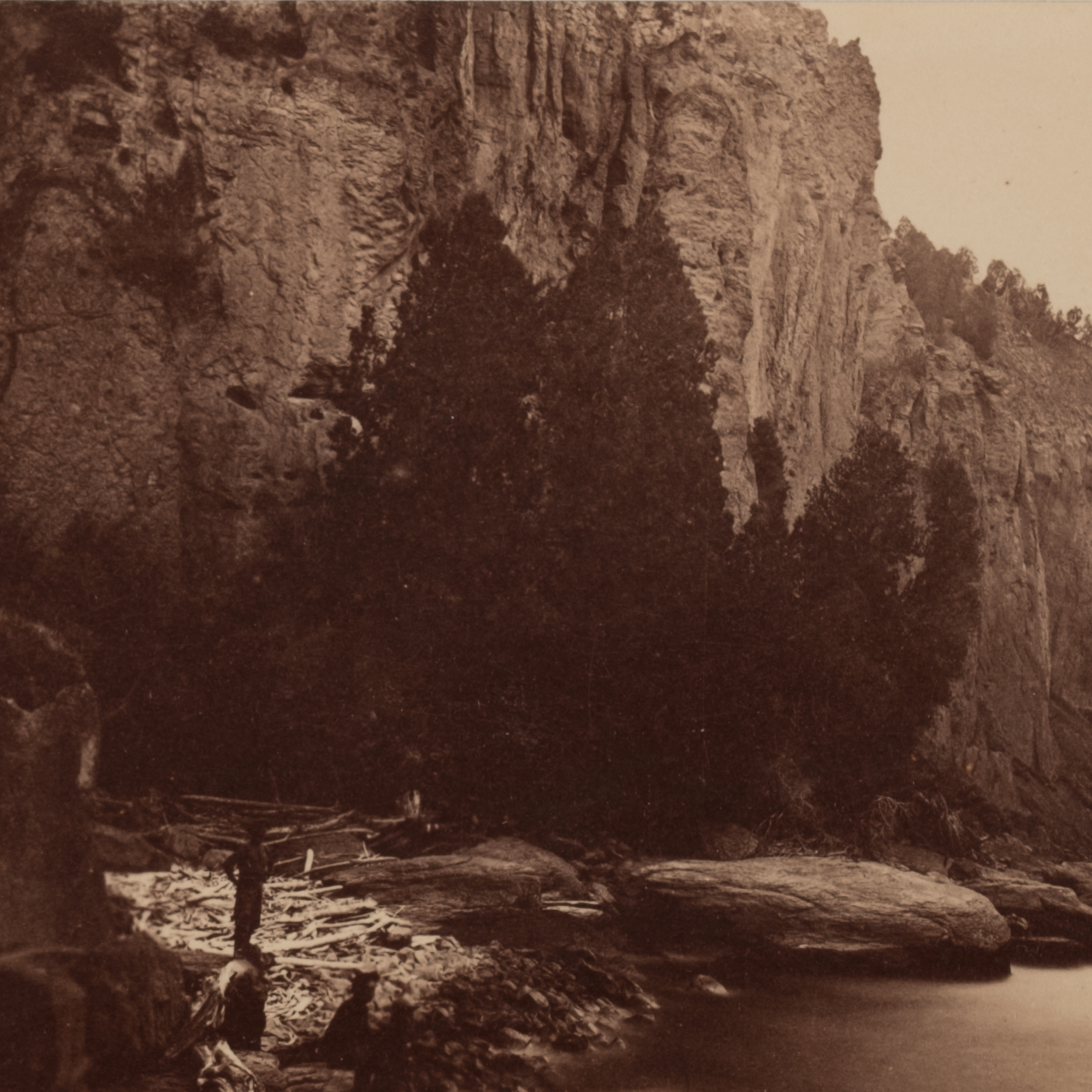

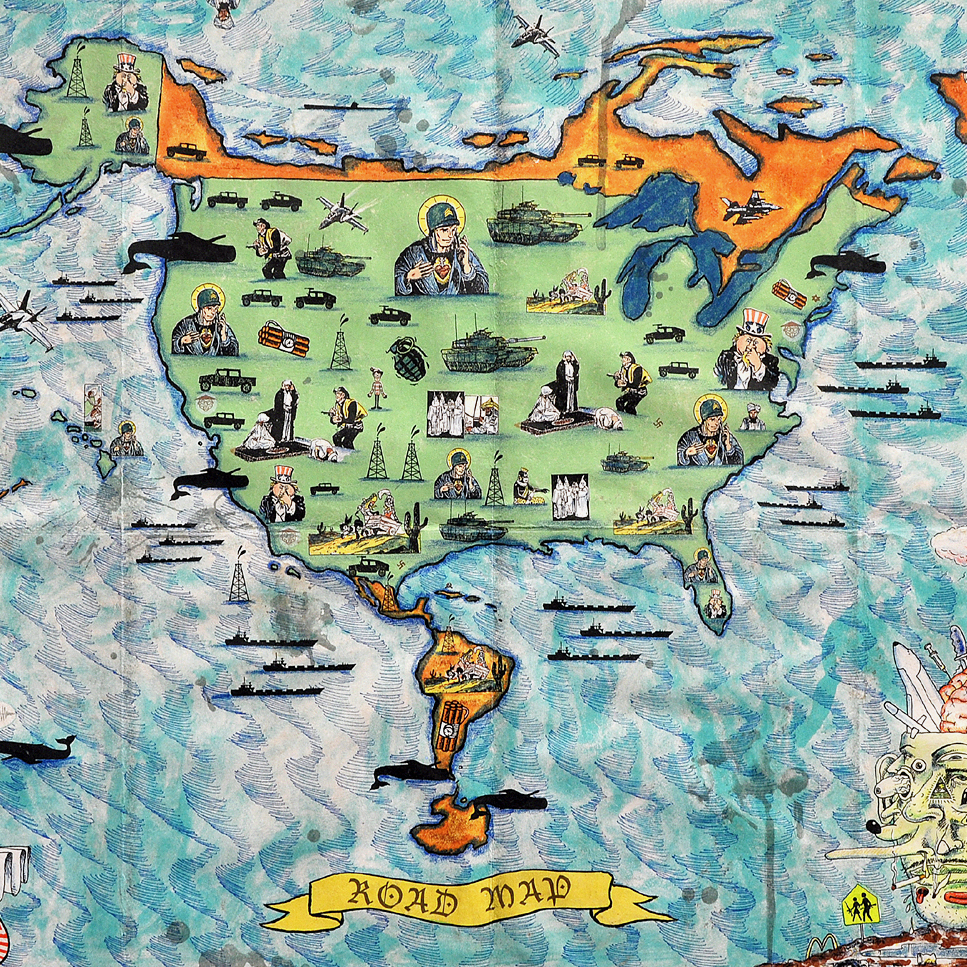
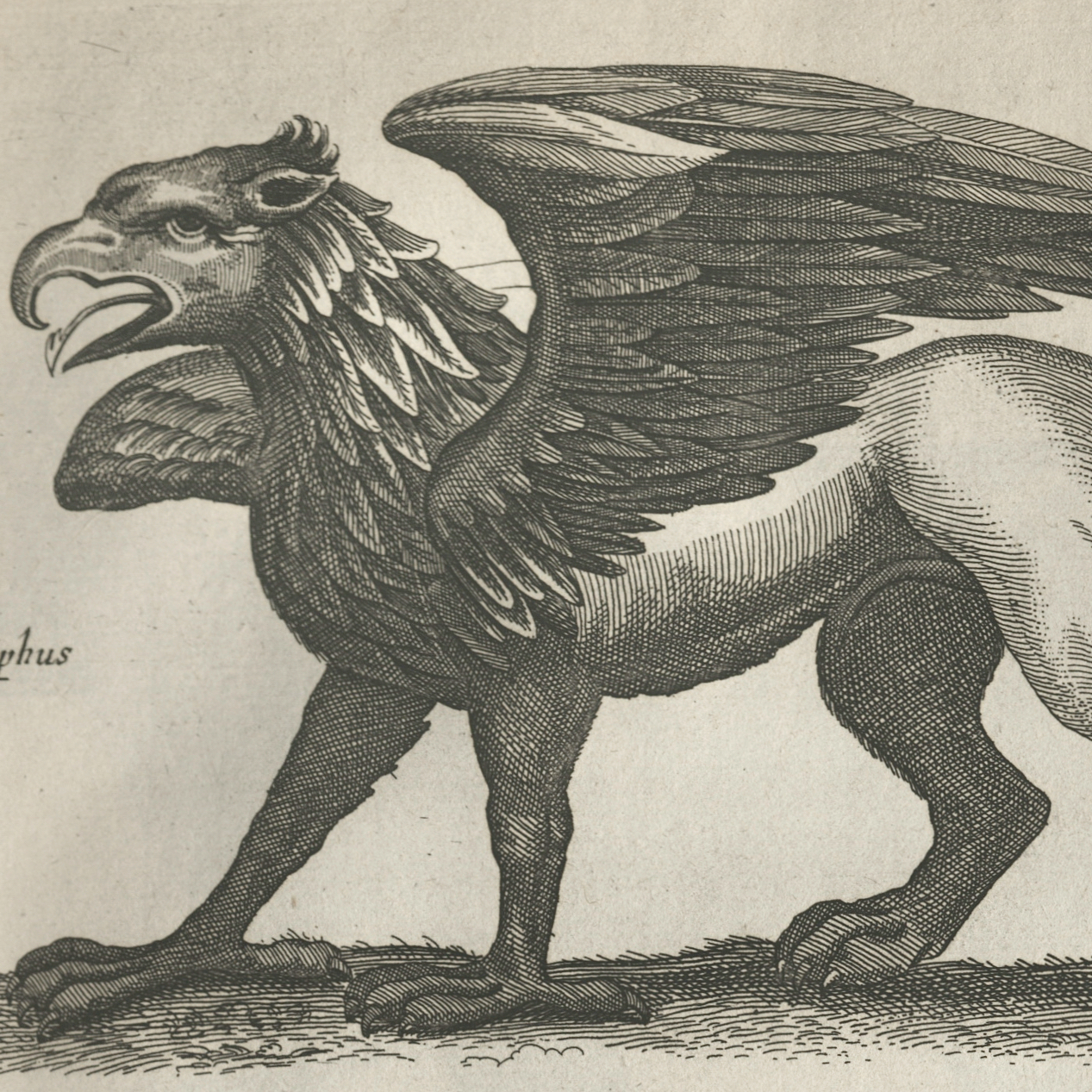
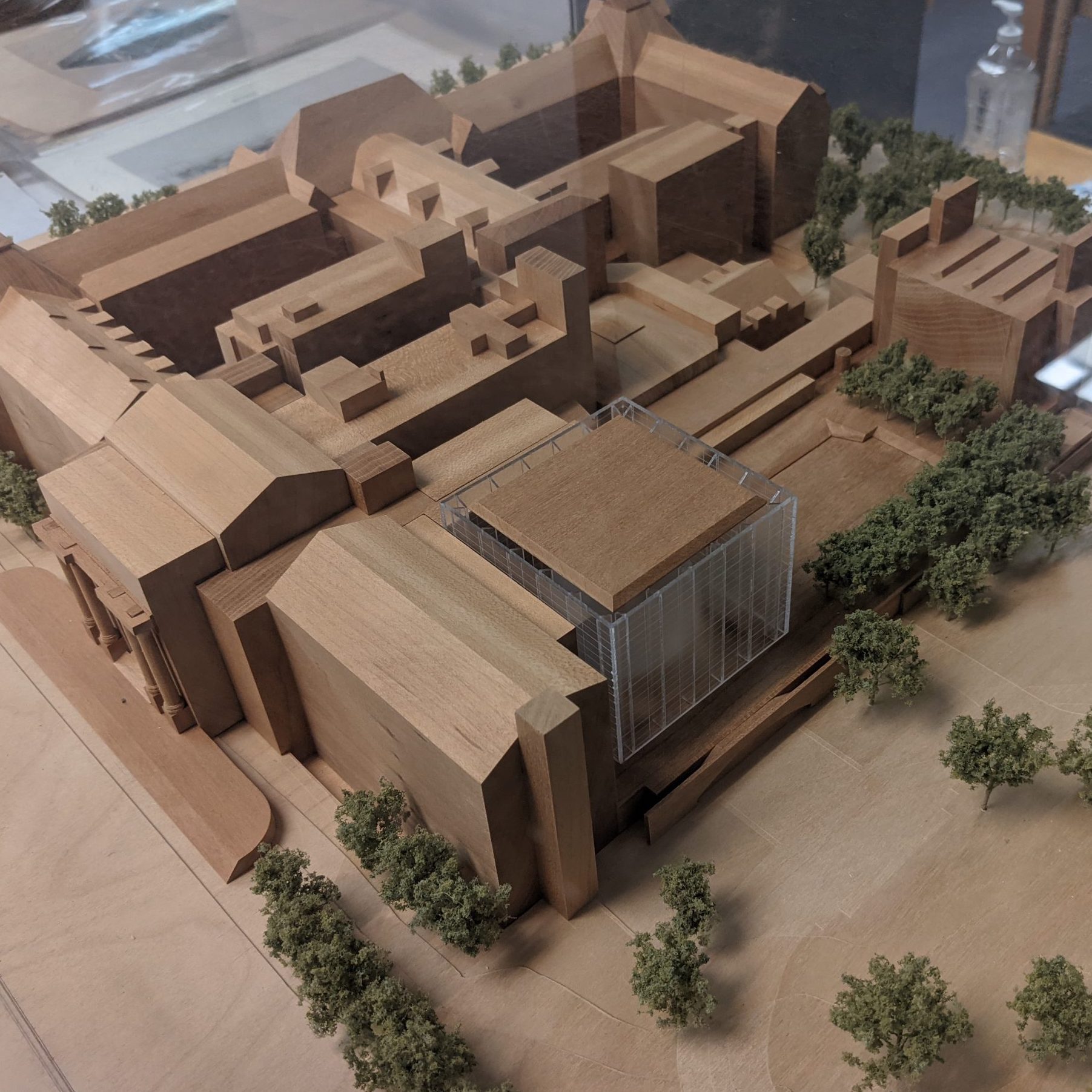
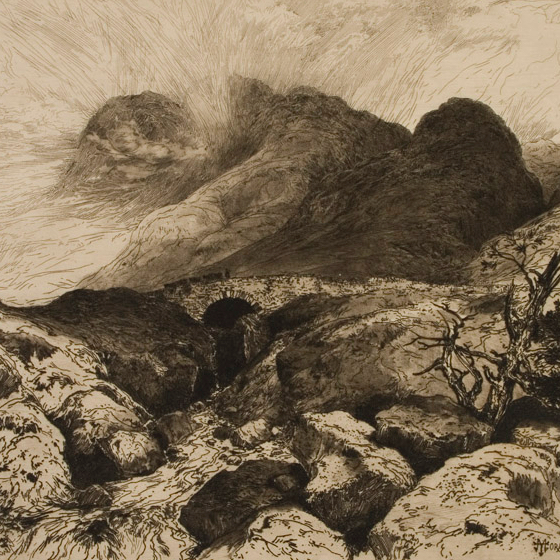
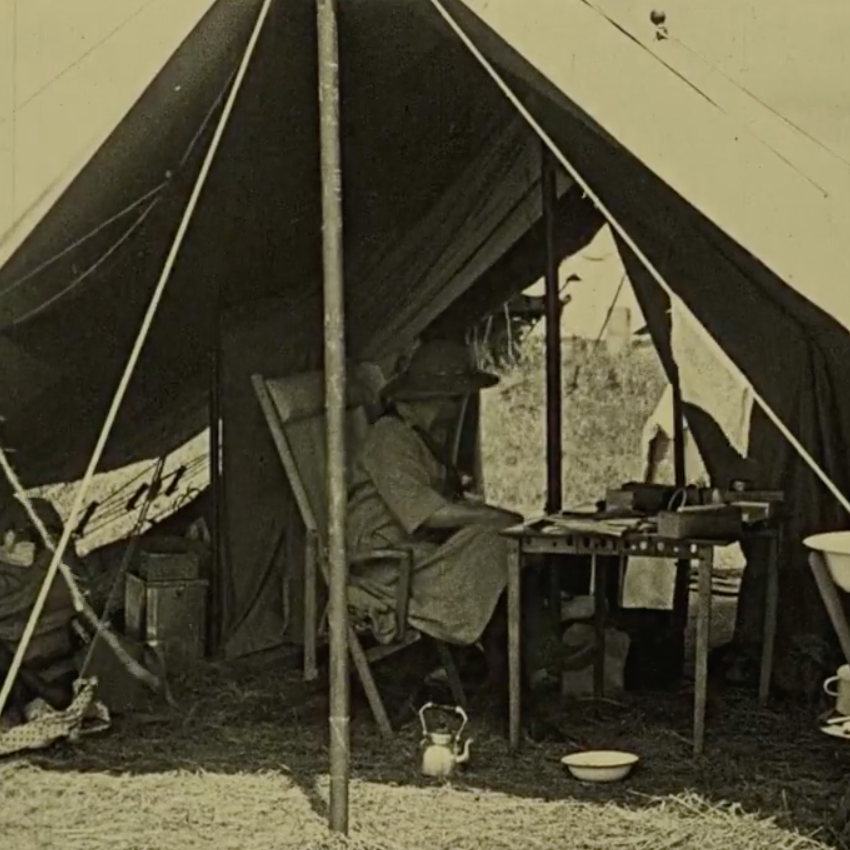

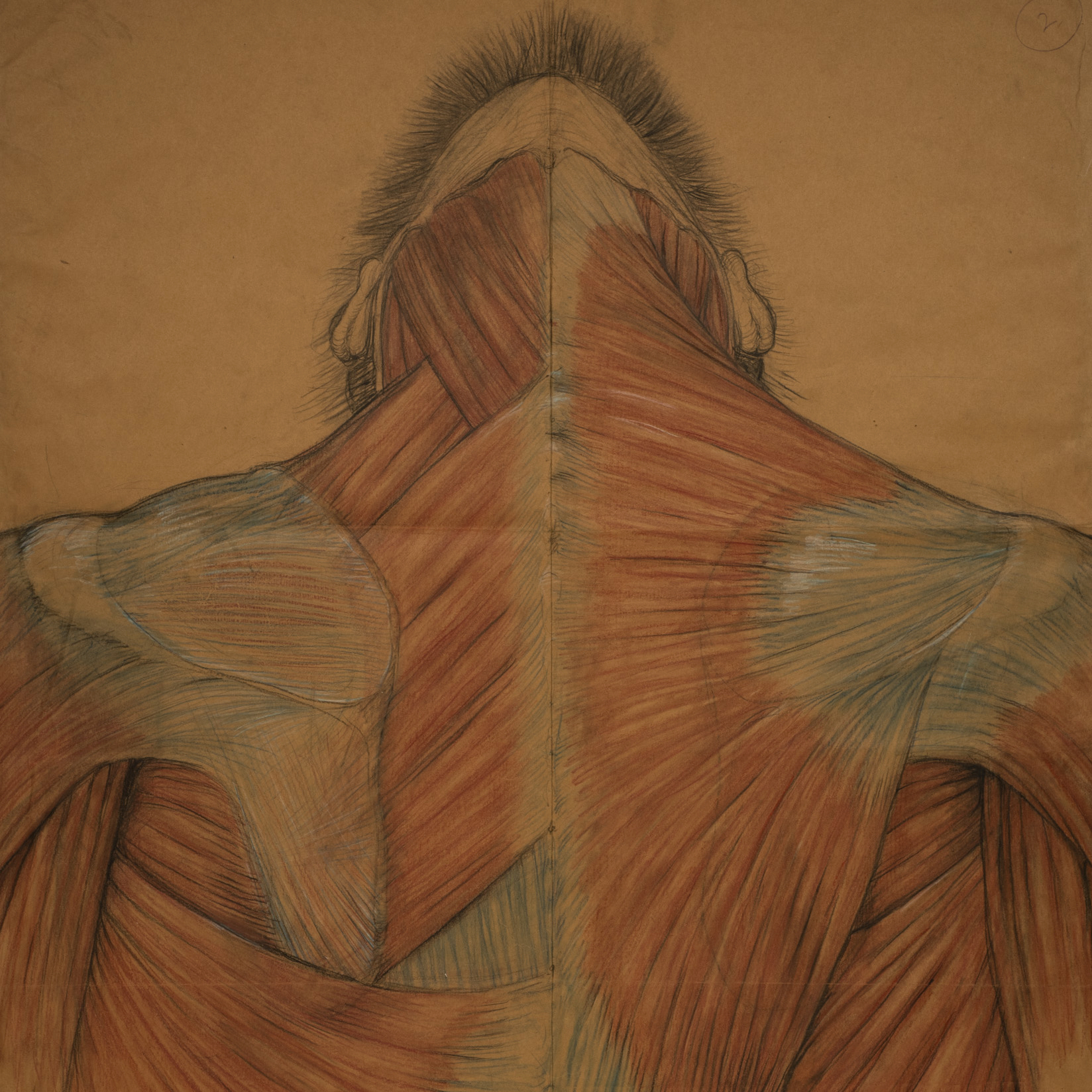



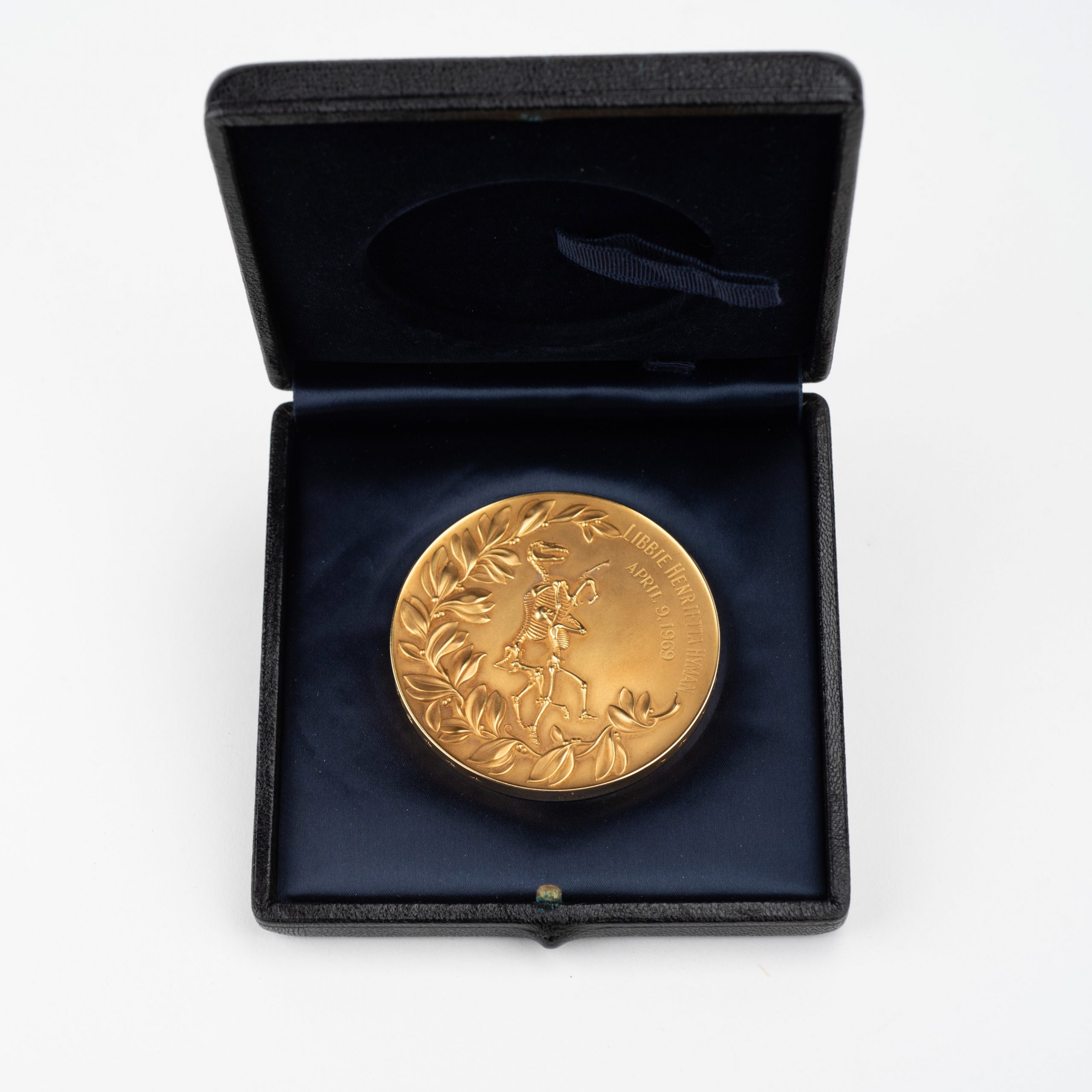


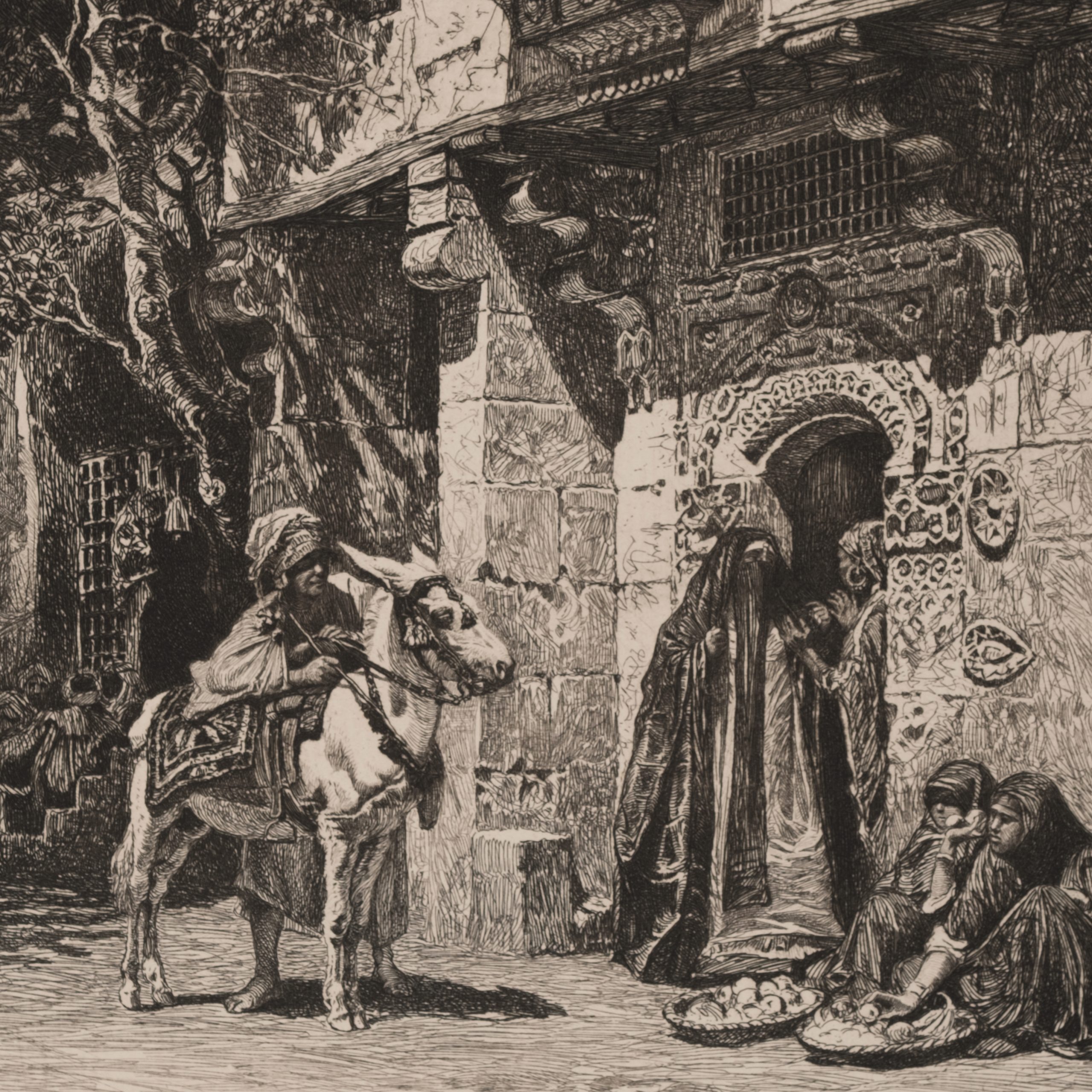
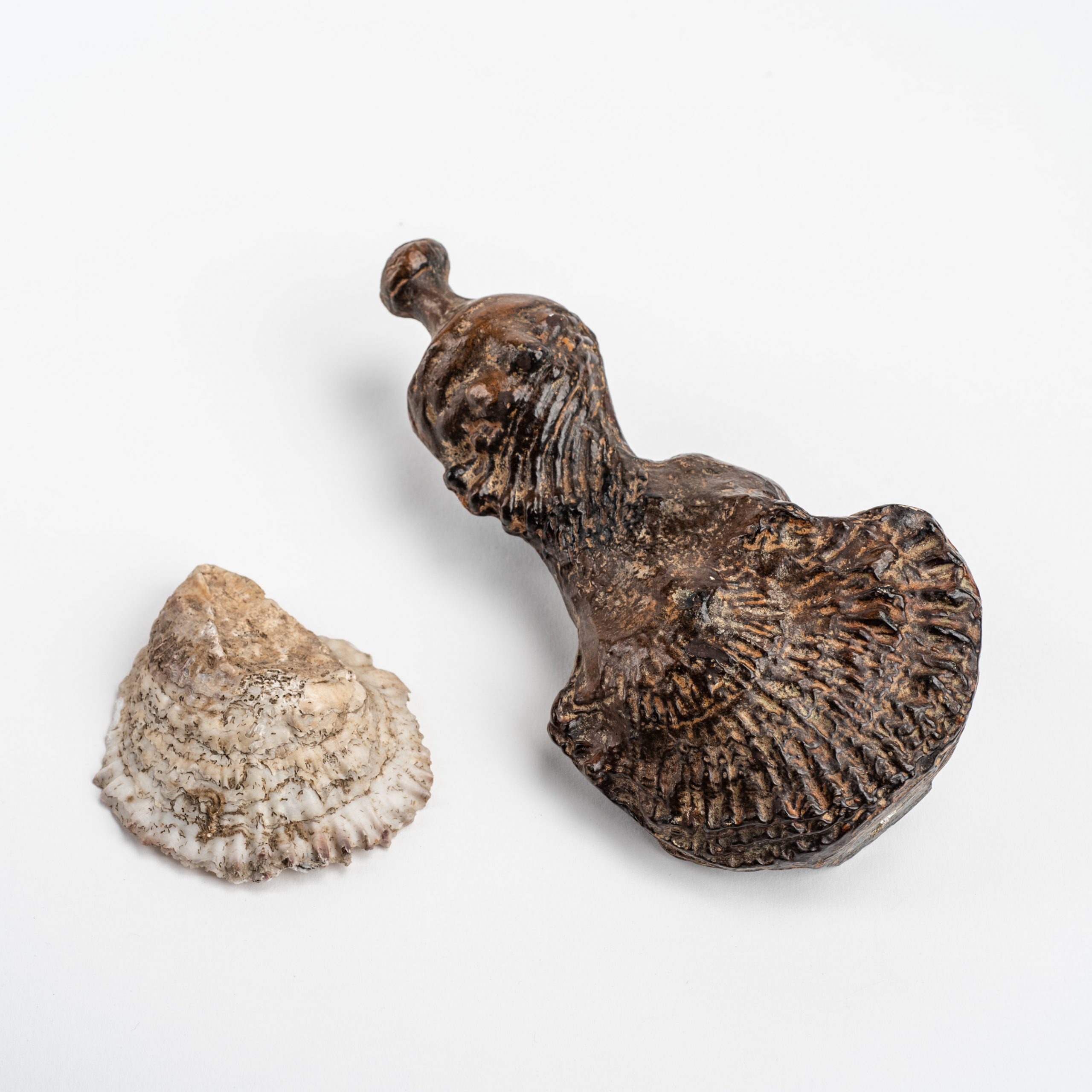
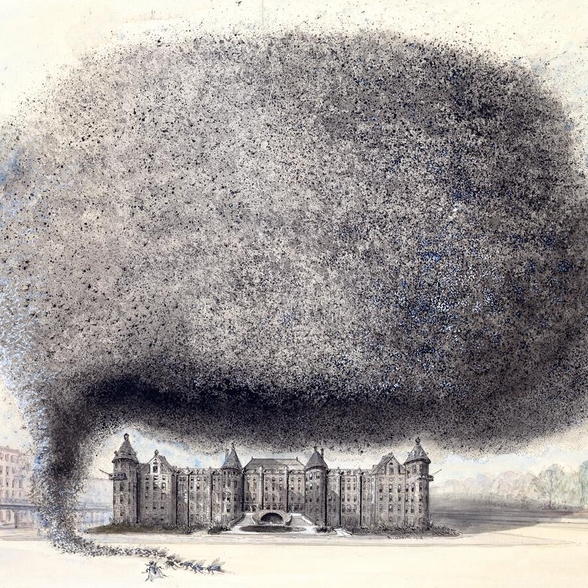

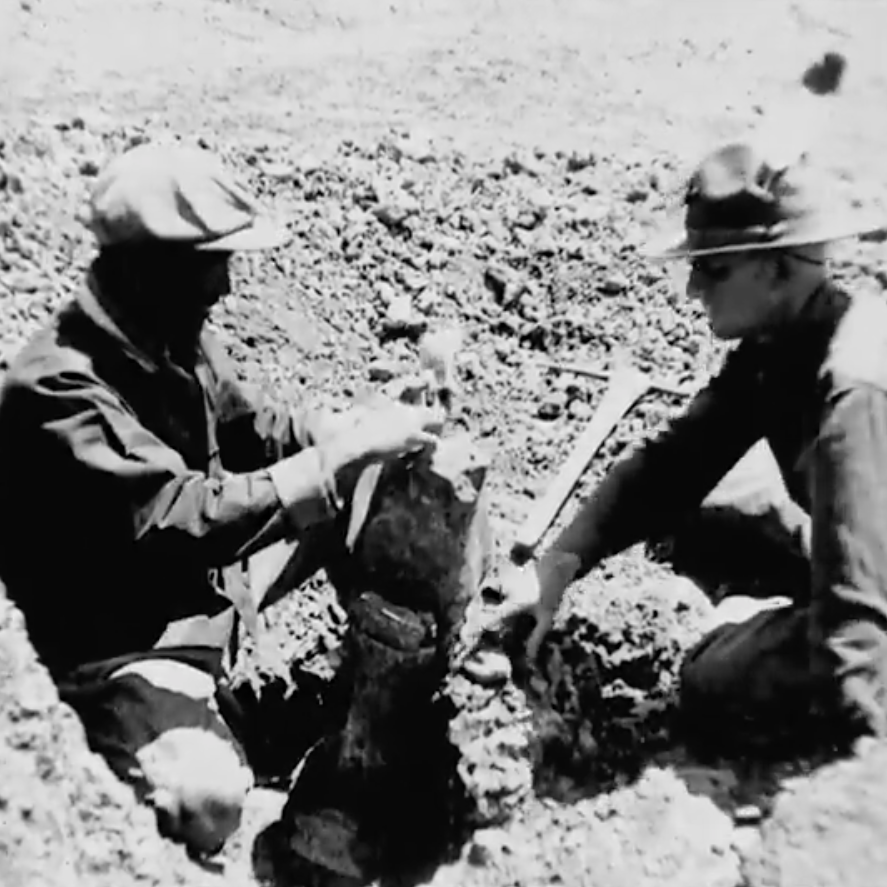


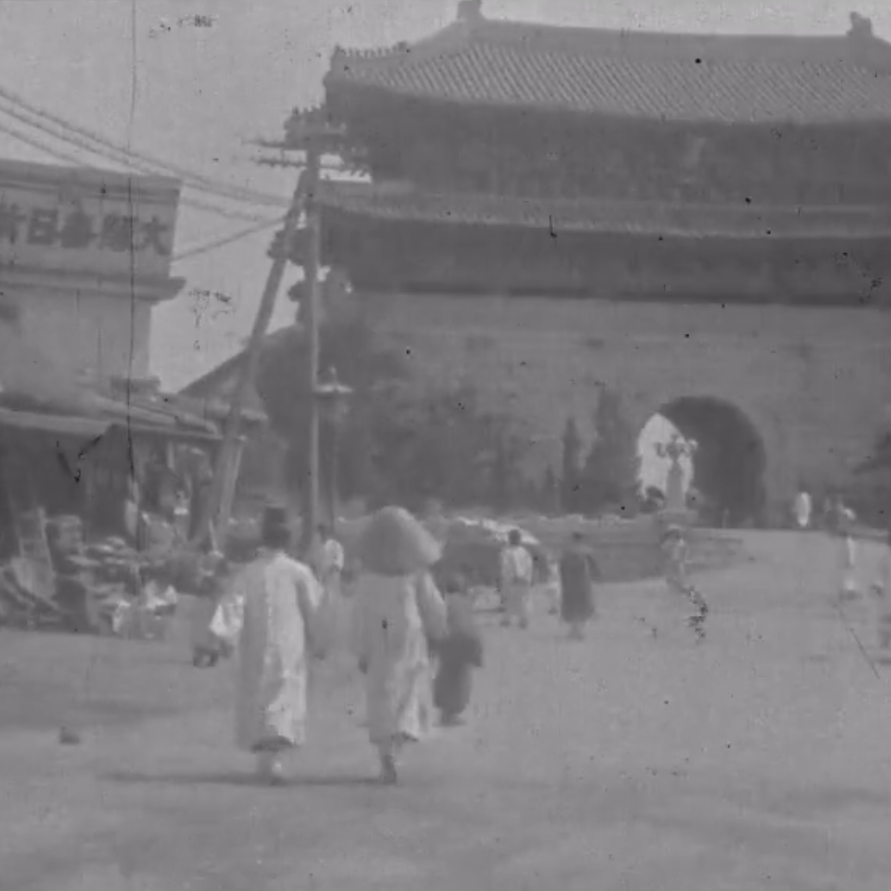


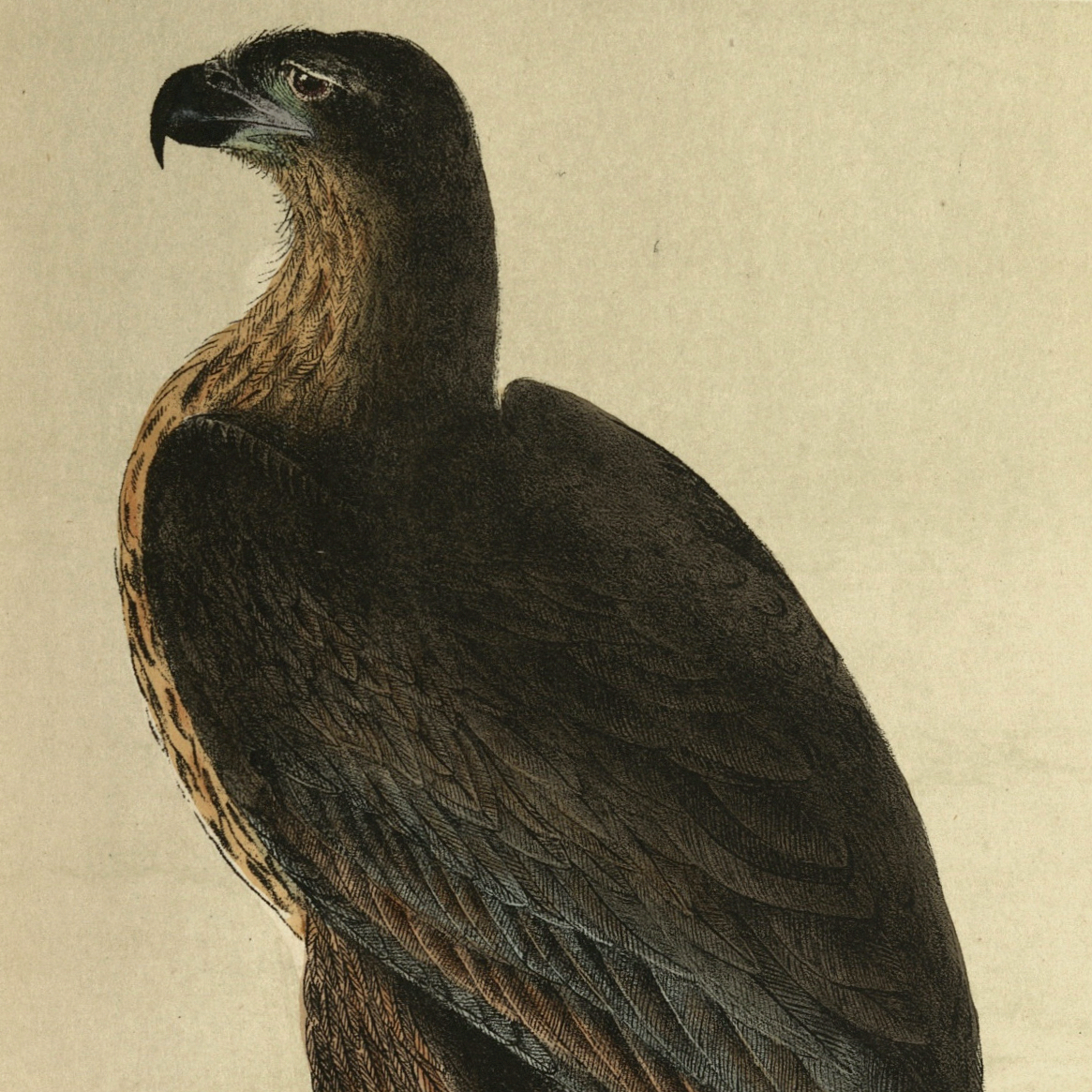
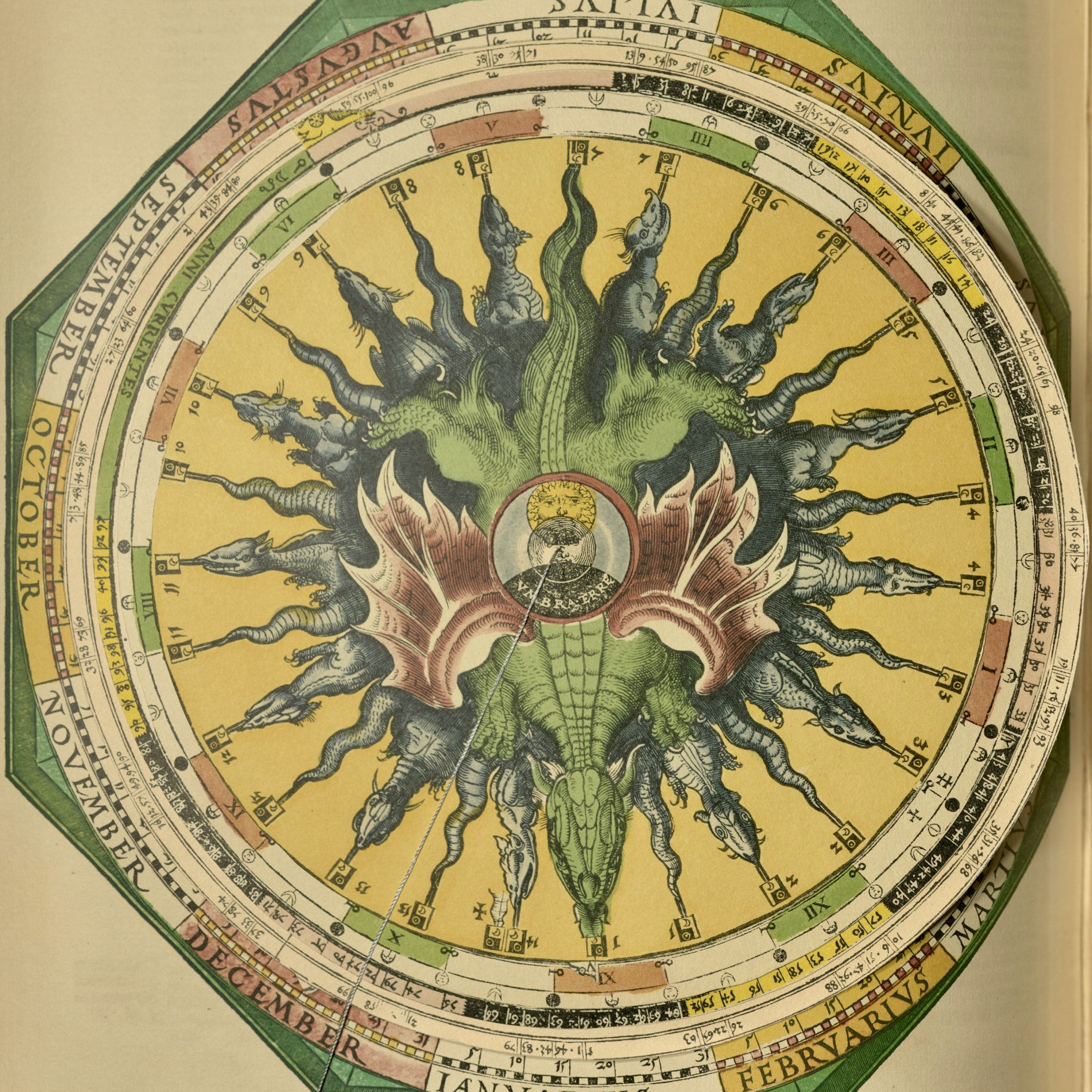
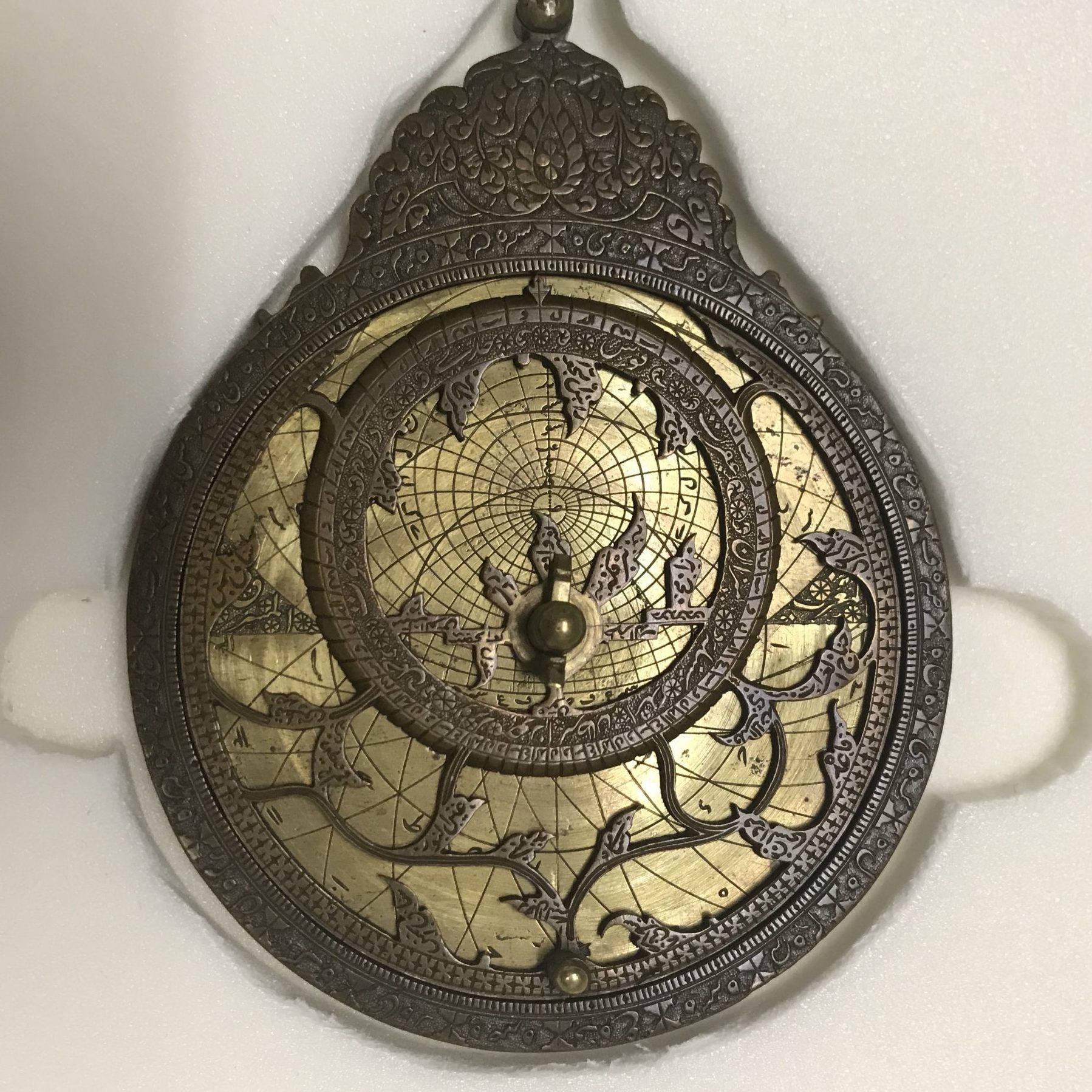
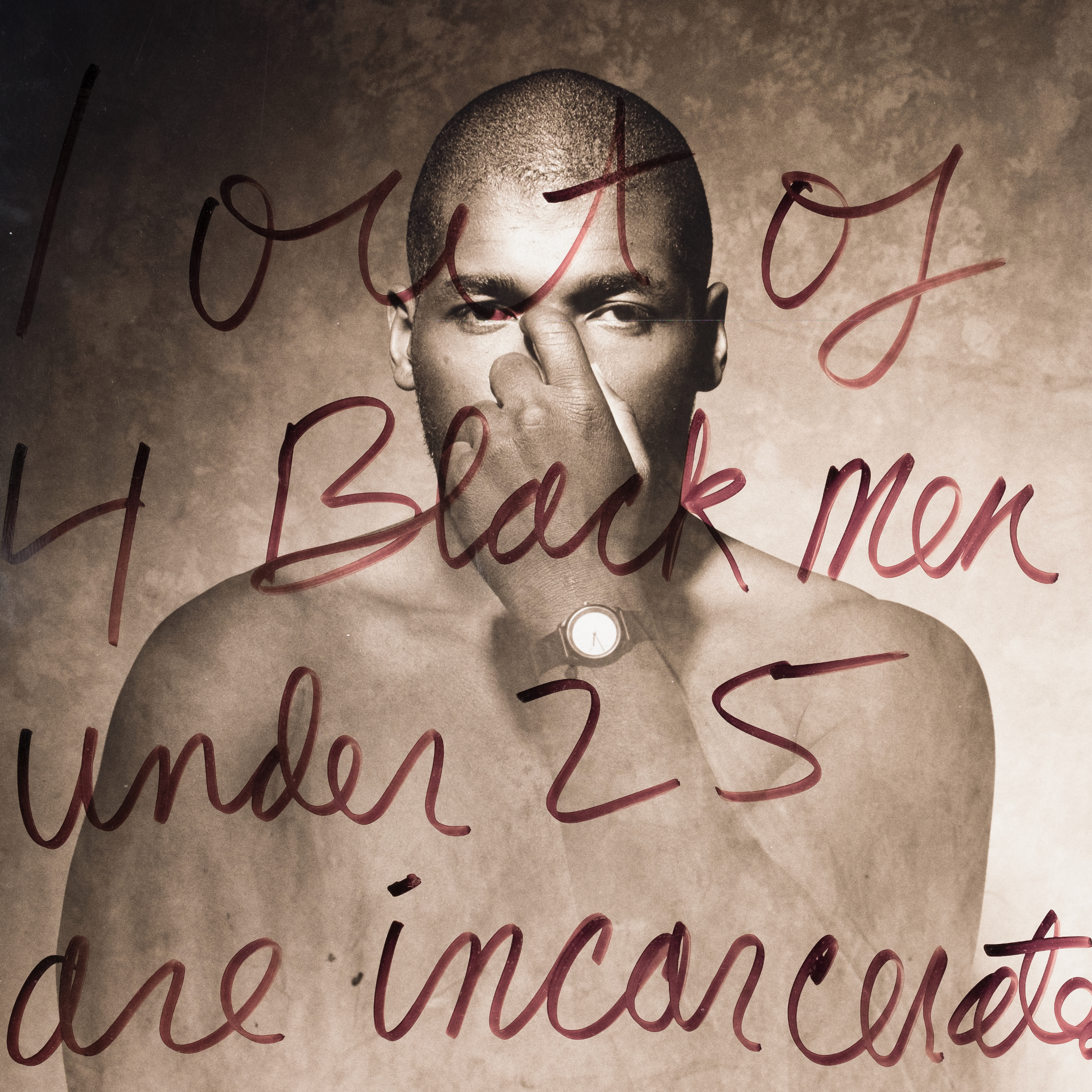
![Howard Russell Butler's [Hydrogen prominences]](https://futureoftruth.media.uconn.edu/wp-content/uploads/sites/2921/2023/01/k6584-square.jpg)

